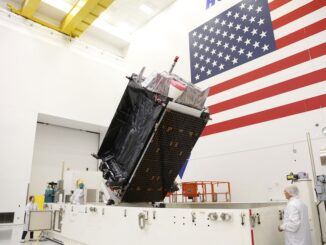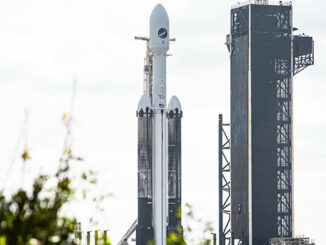
U.S. Space Systems Command

Falcon 9

Mission Reports

Mission Reports

Falcon 9

Mission Reports

Falcon 9

Falcon Heavy
